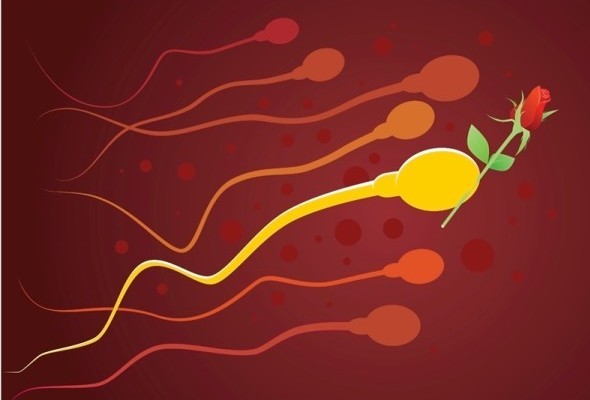
13th February 2015 | by MFC Team
I had a vasectomy about 10 years ago after my wife and I had our third child and decided our family was complete. We have since divorced. I am now partnered with a wonderful woman and we hope to have a family together. What is involved in a vasectomy reversal and what the likelihood of the reversal being successful, given that my vasectomy was 10 years ago?
Written by our medical expert Dr. Stephen Hudson, Director of the Victoria Fertility Centre in British Columbia, Canada.
This is a very commonly asked question and I am glad to have the opportunity to answer it. First of all approximately 5% of men who have had a vasectomy choose to have it reversed, so as a consequence there is a lot of data available.
1. What is involved with a vasectomy reversal?
A vasectomy reversal is done through a small scrotal incision by a urologist specialized in microsurgery. Although it can be done under local anesthetic, it is best done under general or spinal anesthetic, as it is important for you to lie perfectly still. The two ends of the tied off vas deferens are identified, and an aspirate is taken from the “testicular end” to confirm the presence of sperm, and then the two ends are re-connected together (called reanastomosis). It is normally done as a day care procedure, so you will go home the same day. There are some risks – such as infection and bleeding. There will be discomfort, however most men can resume gentle everyday activities 72 hours after the procedure – though should avoid strenuous physical activity for at least 6 weeks, to reduce the risks of secondary bleeding.
2. What is the likelihood of it being successful given that the original vasectomy was done 10 years ago?
The longer the interval between vasectomy and reversal the lower the chance of success. There seems to be a definite fall off in success rates if the vasectomy is done more than 12 – 13 years ago. If a vasectomy is done within 1-12 years of reversal, the chance of recovering good numbers of sperm in the ejaculate post reversal is usually about 80 – 90%.
The ultimate “test” for a successful reversal is a healthy pregnancy. Obviously the chance of a successful pregnancy is not just about ensuring that there are good quality sperm in the ejaculate post vasectomy – but also about the female’s fertility.
A woman’s fertility is very much affected by her age and health. It is therefore important that before considering a vasectomy reversal, your partner be evaluated by a gynecologist to ensure her reproductive health is normal. (This would include checking her fallopian tubes are open).
Another controversial subject related to vasectomy reversals is that of “antisperm antibodies” (ASA) which are commonly found binding to sperm after vasectomy reversals. Although ASA may impair fertility, there is no way to predict if they will, so their presence is of uncertain significance.
If the vasectomy reversal is successful in establishing good numbers of sperm in your ejaculate, and your partner is healthy and under the age of 35 years, your chance of a pregnancy would be 60 – 70% over a 2 – 3 year period.
The other option for achieving pregnancy is by aspirating sperm from the epididymis and performing IVF and ICSI (intracytoplasmic sperm injection).
My advice is as follows:
- Have your new partner see an OBGYN to have her fertility evaluated.
- If she is healthy and under the age of 35 years, have a vasectomy reversal. If the reversal is successful but she is not pregnant after 2 years, see a fertility specialist.
- If she is over the age of 35 years, see a fertility specialist first.
Read more about vasectomy reversal here.
Leave a Reply